The Badjao Tribe of the Philippines
The "Sea Gypsies" of the Philippines, and their centuries-old seafaring traditions. From their nomadic lifestyle to unique culture, discover the challenges they face in the modern era and the importance of preserving their heritage.
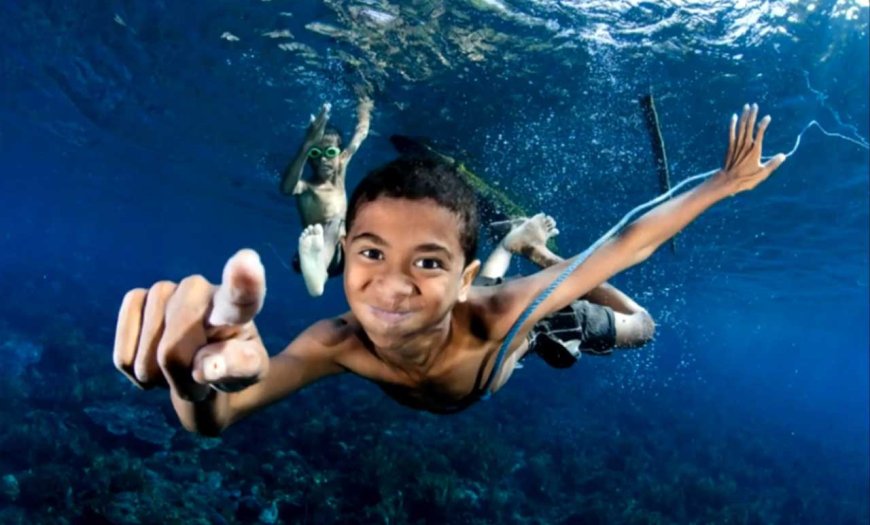
A Deep Dive into the Sea Gypsies' Way of Life
The fascinating world of the Badjao community in the Philippines, a culture that has remained largely untouched by the modern world. The Badjao, also known as the "Sea Gypsies," are a group of indigenous people who have thrived for centuries in the waters of the Sulu and Celebes Seas.
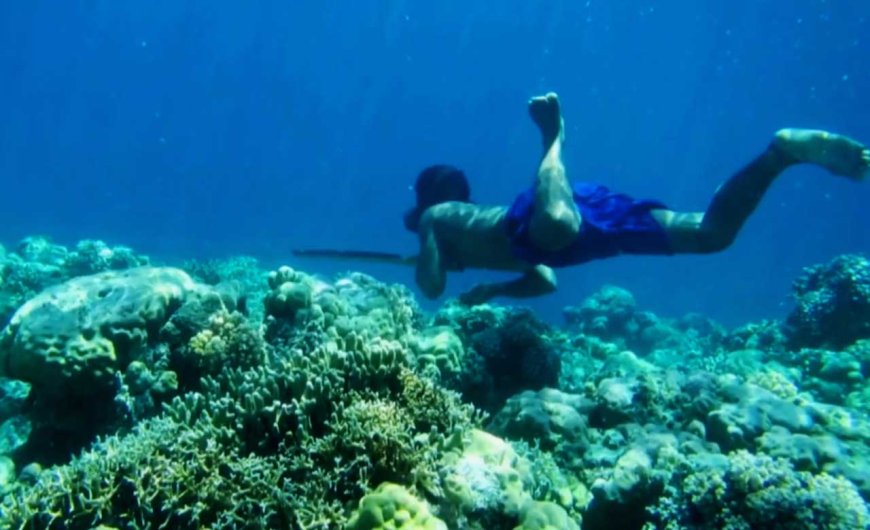
Origins of the Badjao
To truly understand the Badjao, one must first grasp the roots of their culture. The Badjao people are believed to have migrated to the Philippines from the islands of Southeast Asia, particularly from the southern regions of Malaysia and Indonesia. Their seafaring lifestyle is a testament to their nomadic ancestry, as they have built their lives around the ocean.
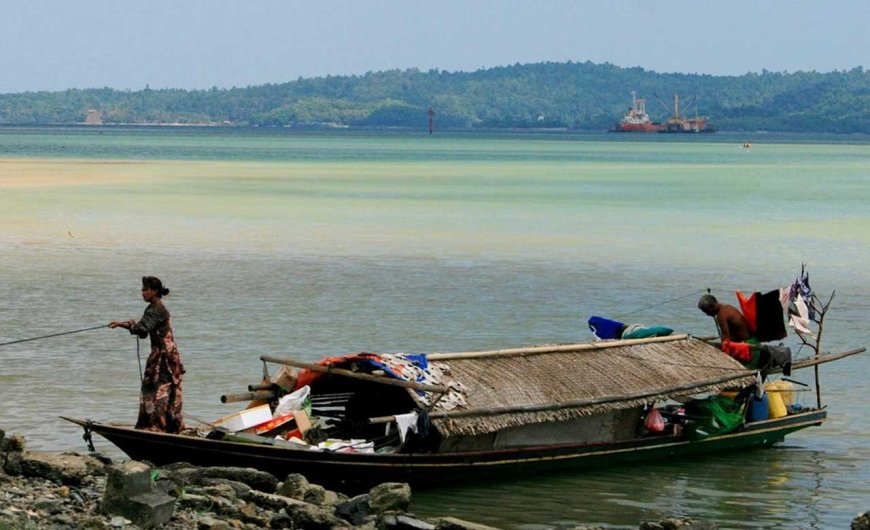 Credit: Torben Venning
Credit: Torben Venning
The Badjao are renowned for their extraordinary ability to live harmoniously with the sea. They are often referred to as "Sea Gypsies" due to their semi-nomadic lifestyle. Traditionally, the Badjao reside on houseboats known as "lepa-lepa" or "vintas," which are skillfully crafted from bamboo and other natural materials. These houseboats serve as their homes and transportation, allowing them to navigate the vast expanse of the sea effortlessly.
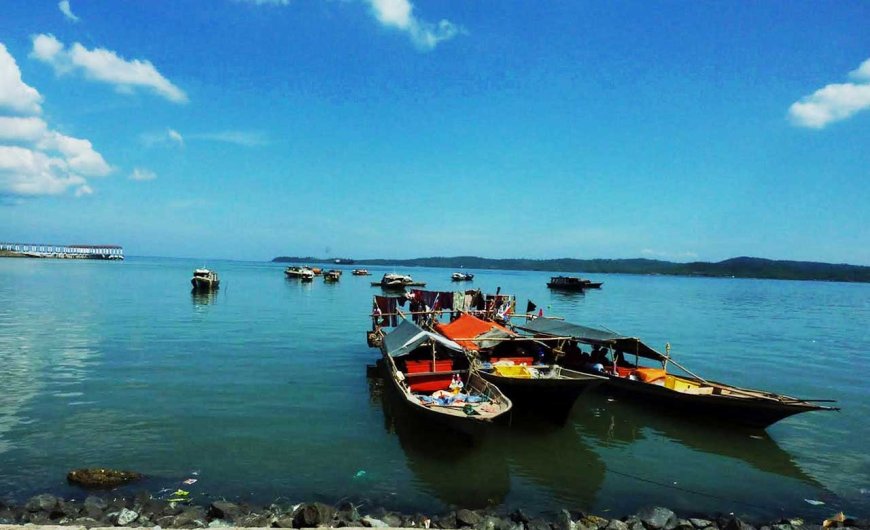 Credit: Torben Venning
Credit: Torben Venning
Language and Communication
Communication among the Badjao people primarily revolves around the "Sinama" language, which is unique to their community. While Sinama serves as their primary mode of communication, many Badjao individuals are multilingual, able to converse in other languages such as Tagalog, Visayan, and English, to varying degrees.
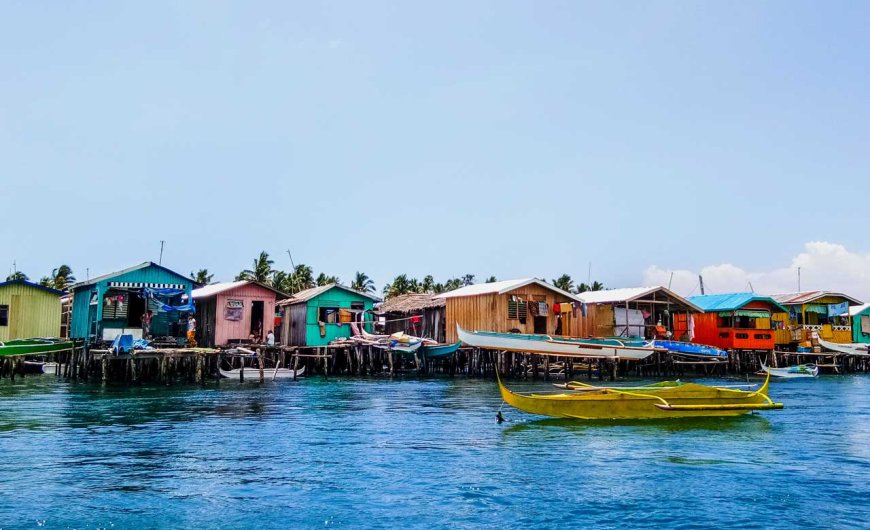 Credit: Shabellera
Credit: Shabellera
Rich Cultural Traditions
The Badjao culture is brimming with vibrant music and dance traditions that reflect their deep connection to the sea. One of their most iconic musical instruments is the "kulintang," a set of gongs that produce melodious tunes. The Badjao people use these instruments during festive celebrations and rituals, showcasing their musical prowess.
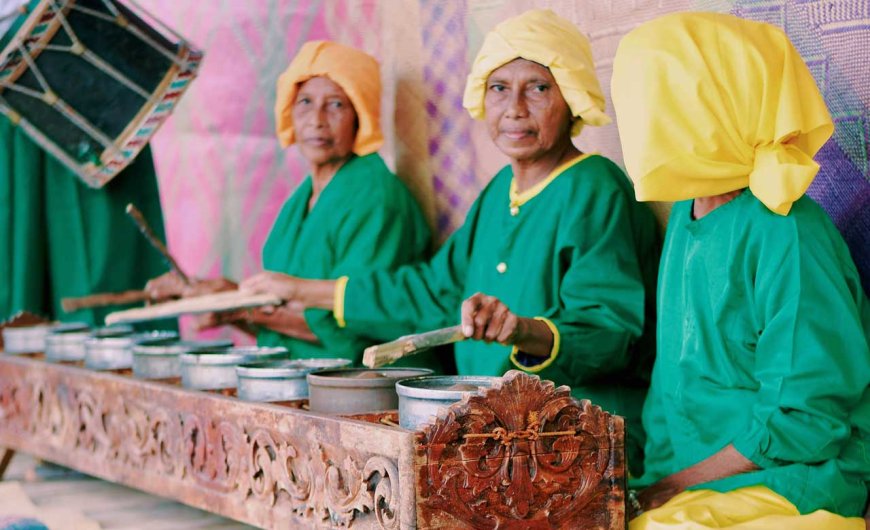 Credit: Municipal Tourism Office of Sitangkai, Tawi-Tawi
Credit: Municipal Tourism Office of Sitangkai, Tawi-Tawi
Fishing is at the heart of the Badjao way of life. Their expertise in traditional fishing methods, such as spearfishing and net fishing, has been passed down through generations. Fishing rituals are an integral part of their culture, often accompanied by ceremonies and offerings to the sea spirits.
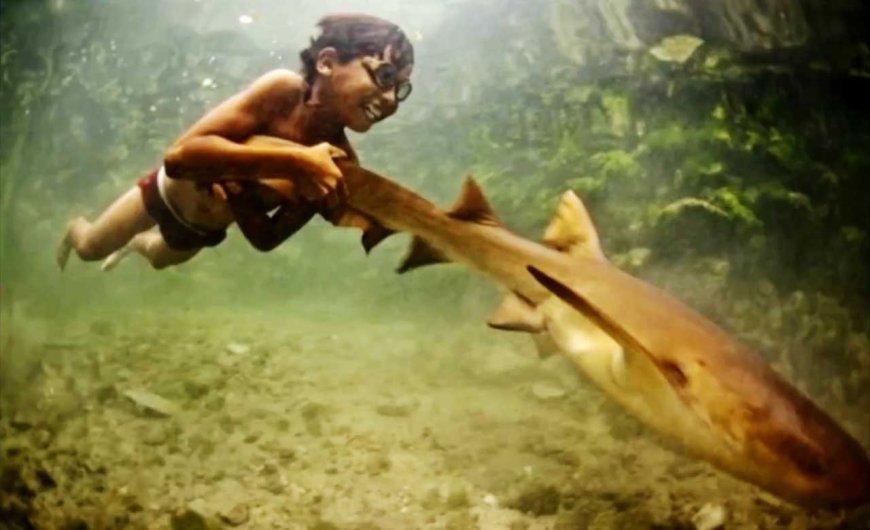
Challenges and Preservation
While the Badjao culture is a testament to resilience and adaptability, it faces numerous challenges in the modern era. Rapid urbanization, climate change, and displacement have threatened their traditional way of life. As coastal areas become more developed, the Badjao people are often forced to relocate, disrupting their centuries-old connection to the sea.
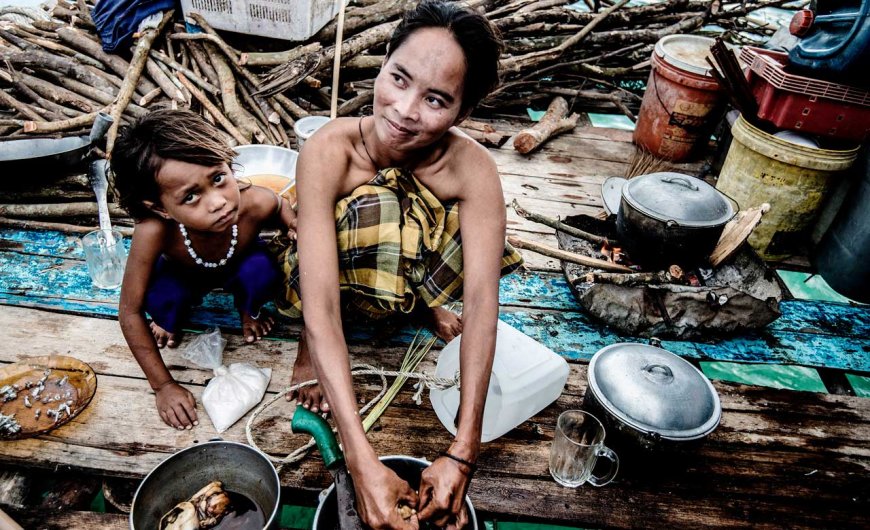 Credit: johnjodeery
Credit: johnjodeery
Uncovering a culture deeply intertwined with the sea, the Badjao in the Philippines, a people who have thrived through the ages. Their nomadic lifestyle, unique language, and rich traditions make them a truly remarkable community. However, as they face the challenges of the modern world, it is essential to raise awareness of their culture and the need for its preservation.
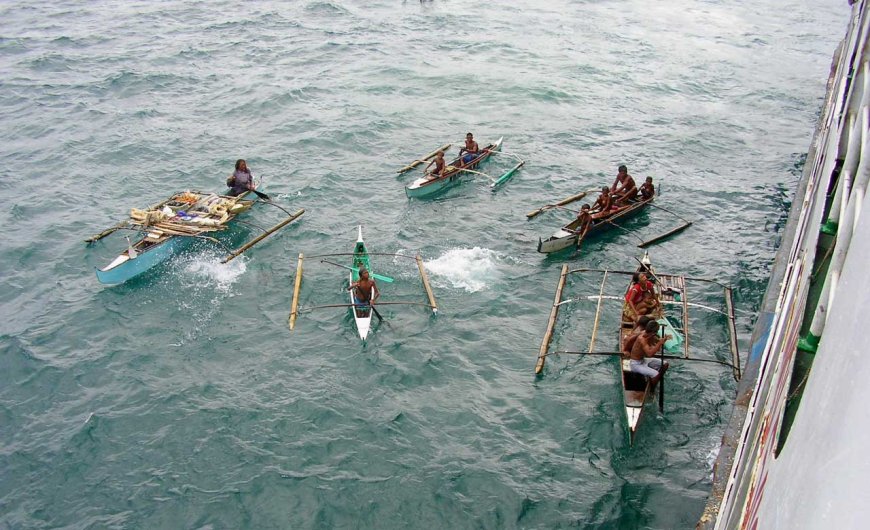 Badjaos on boats begging money from passengers on a berthed passenger ship
Badjaos on boats begging money from passengers on a berthed passenger ship
Find Cheap Flight Tickets to any Destinations in Japan and the Philippines
Nipino.com is committed to providing you with accurate and genuine content. Let us know your opinion by clicking HERE.






























































